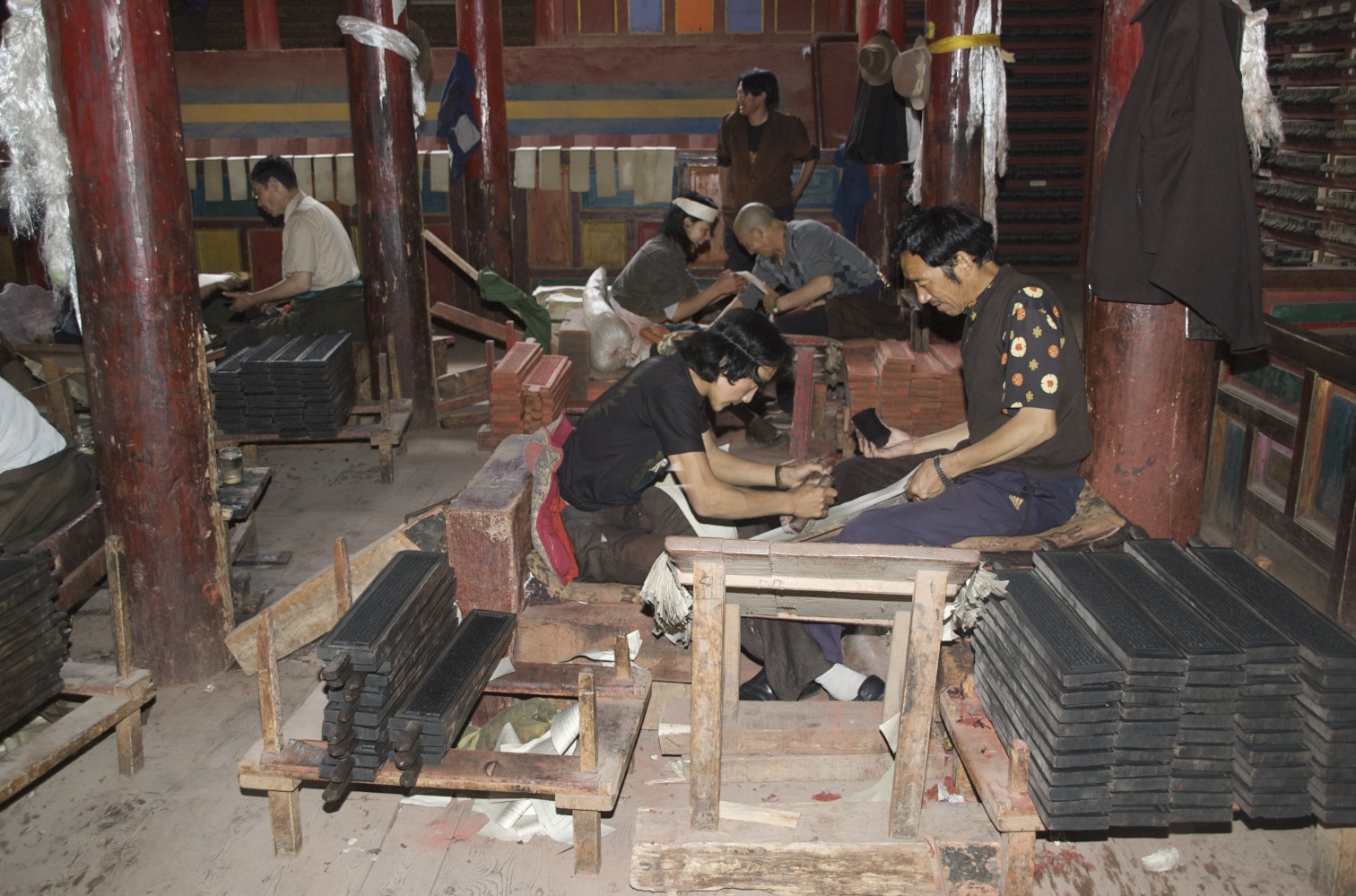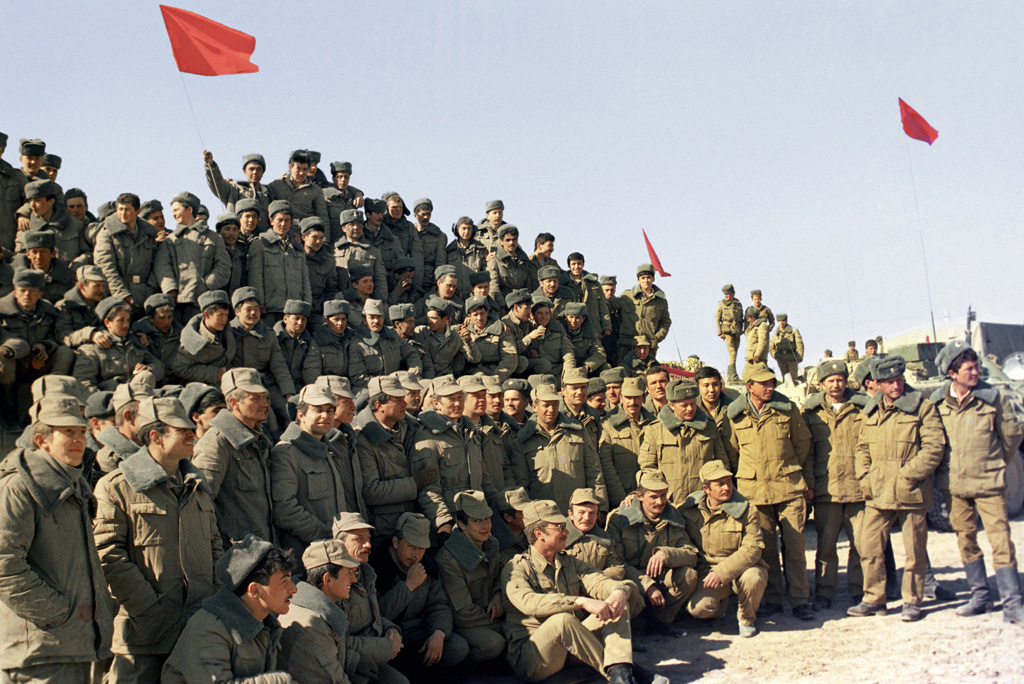|
Choseng Trungpa
Choseng Trungpa Rinpoche, formally the 12th Zurmang Trungpa, Chokyi Sengye, is the 12th and current Trungpa lineage holder. He was born on February 6, 1989, in Pawo village, in Derge, eastern Tibet. He was recognized by the 12th Tai Situ Rinpoche in 1991, and enthroned a year later at Surmang Monastery at a ceremony presided over by Domkhar Rinpoche, a high Kagyu Rinpoche, and Choseng Trungpa's uncle. The monastery's late Rinpoche and Choseng Trungpa's predecessor, was Chogyam Trungpa Rinpoche. The name Choseng is a contraction of Chokyi Sengye (), which means "Lion of Dharma." Choseng Trungpa studied the traditions of Surmang under the tutelage of Lama Kenla (1932–2003) and received his early monastic education at the Shedra at Palpung Monastery. He studied at Surmang Namgyal-tse until 2008, and then began studies at Serthar Institute. In 2001, he met for the first time with Sakyong Mipham Rinpoche, the first son of his previous incarnation, Chögyam Trungpa. See also ... [...More Info...] [...Related Items...] OR: [Wikipedia] [Google] [Baidu] |
Derge
Derge (), officially Gengqing Town (; ), is a town in Dêgê County in Garzê Tibetan Autonomous Prefecture in Sichuan, China. It was once the center of the Kingdom of Derge in Kham. History Historically, Derge, which means "land of mercy", was an important centre of Tibetan culture, along with places such as Lhasa and Xiahe. Derge was formerly the seat of the kings of the kingdom of Derge, whose 1300-year lineage was broken with the death of the last male heir in the 1990s. The kingdom was an important industrial, religious and political center in Eastern Tibet. In the early 20th century, the kingdom fell into political struggle between the final heirs to the throne, Djembel Rinch'en and Doje Senkel. The latter, who had enjoyed the backing of the Chinese, yielded the kingdom to China in 1908 in exchange for the ousting of his rival. The palace of the Derge kings was torn down after 1950 and a school was later built on the site.McCue, 241. Culture The town of Derge is famous fo ... [...More Info...] [...Related Items...] OR: [Wikipedia] [Google] [Baidu] |
Shedra
Shedra is a Tibetan word () meaning "place of teaching" but specifically refers to the educational program in Tibetan Buddhist monasteries and nunneries. It is usually attended by monks and nuns between their early teen years and early twenties. Not all young monastics enter a shedra; some study ritual practices instead. Shedra is variously described as a university, monastic college, or philosophy school. The age range of students typically corresponds to both secondary school and college. After completing a shedra, some monks continue with further scholastic training toward a Khenpo or Geshe degree, and other monks pursue training in ritual practices. Curriculum The curriculum varies with the lineage and monastery but most cover the main foundational texts in the Tibetan Buddhist canon, such as the ''Mūlamadhyamakakārikā'' (''The Fundamental Verses on the Middle Way'') by Nagarjuna and the '' Madhyamakāvatāra'' (''Entering the Middle Way'') by Candrakīrti. Some non-Bu ... [...More Info...] [...Related Items...] OR: [Wikipedia] [Google] [Baidu] |
Tibetan Buddhists From Tibet
Tibetan may mean: * of, from, or related to Tibet * Tibetan people, an ethnic group * Tibetan language: ** Classical Tibetan, the classical language used also as a contemporary written standard ** Standard Tibetan, the most widely used spoken dialect ** Tibetan pinyin, a method of writing Standard Tibetan in Latin script ** Tibetan script ** any other of the Tibetic languages Tibetan may additionally refer to: Culture * Old Tibetan, an era of Tibetan history * Tibetan art * Music of Tibet * Tibetan rug * Tibetan culture * Tibetan cuisine Religion * Tibetan Buddhism * Tibetan Muslims Other uses * Tibetan alphabet * Tibetan (Unicode block) * Tibetan name * Tibetan calendar * Tibetan Spaniel, a breed of dog * Tibetan Mastiff, a breed of dog See also * Tibet (other) * Tibetan Bells (other) * Traditional Tibetan medicine Traditional Tibetan medicine or Sowa Rigpa is the Tibetan medical system developed in the 8th century under King Trisong Detsen that in ... [...More Info...] [...Related Items...] OR: [Wikipedia] [Google] [Baidu] |
Living People
Purpose: Because living persons may suffer personal harm from inappropriate information, we should watch their articles carefully. By adding an article to this category, it marks them with a notice about sources whenever someone tries to edit them, to remind them of WP:BLP (biographies of living persons) policy that these articles must maintain a neutral point of view, maintain factual accuracy, and be properly sourced. Recent changes to these articles are listed on Special:RecentChangesLinked/Living people. Organization: This category should not be sub-categorized. Entries are generally sorted by family name In many societies, a surname, family name, or last name is the mostly hereditary portion of one's personal name that indicates one's family. It is typically combined with a given name to form the full name of a person, although several give .... Maintenance: Individuals of advanced age (over 90), for whom there has been no new documentation in the last ten ... [...More Info...] [...Related Items...] OR: [Wikipedia] [Google] [Baidu] |
1989 Births
1989 was a turning point in political history with the "Revolutions of 1989" which ended communism in Eastern Bloc of Europe, starting in Poland and Hungary, with experiments in power-sharing coming to a head with the opening of the Berlin Wall in November, the Velvet Revolution in Czechoslovakia and the overthrow of the communist dictatorship in Romania in December; the movement ended in December 1991 with the dissolution of the Soviet Union. Revolutions against communist governments in Eastern Europe mainly succeeded, but the year also saw the suppression by the Chinese government of the 1989 Tiananmen Square protests and massacre, 1989 Tiananmen Square protests in Beijing. It was the year of the first 1989 Brazilian presidential election, Brazilian direct presidential election in 29 years, since the end of the Military dictatorship in Brazil, military government in 1985 that ruled the country for more than twenty years, and marked the redemocratization process's final poin ... [...More Info...] [...Related Items...] OR: [Wikipedia] [Google] [Baidu] |
Tulkus
A ''tulku'' (, also ''tülku'', ''trulku'') is an individual recognized as the reincarnation of a previous spiritual master (lama), and expected to be reincarnated, in turn, after death. The tulku is a distinctive and significant aspect of Tibetan Buddhism, embodying the concept of enlightened beings taking corporeal forms to continue the lineage of specific teachings. The term "tulku" is a loanword from Tibetan སྤྲུལ་སྐུ ("sprul sku"), which originally referred to an emperor or ruler taking human form on Earth, signifying a divine incarnation. Over time, it evolved within Tibetan Buddhism to denote the corporeal existence of certain highly accomplished Buddhist masters whose purpose was to ensure the preservation and transmission of a particular lineage. The tulku system originated in Tibet, particularly associated with the recognition of the second Karmapa in the 13th century. Since then, numerous tulku lineages have been established, with each tulku having a ... [...More Info...] [...Related Items...] OR: [Wikipedia] [Google] [Baidu] |
Rinpoches
Rinpoche, also spelled Rimpoche (), is an honorific term used in the Tibetan language. It literally means "precious one", and may refer to a person, place, or thing—like the words "gem" or "jewel" (Sanskrit: ''Ratna''). The word consists of ''rin'' (value), ''po'' (nominalizing suffix) and ''chen'' (big). The word is used in the context of Tibetan Buddhism as a way of showing respect when addressing those recognized as reincarnated, older, respected, notable, learned and/or an accomplished Lamas or teachers of the Dharma. It is also used as an honorific for abbots of Buddhist monasteries. See also * Rinpoches, a partial list of a few spiritual teachers of past and present commonly addressed as ''Rinpoche''. *Tulku, someone who is recognized as the rebirth of a previous practitioner of Tibetan Buddhism. *Mount Kailash is often called in the Tibetan language Tibetan language may refer to: * Lhasa Tibetan or Standard Tibetan, the most widely used spoken dialect * Classical Tibe ... [...More Info...] [...Related Items...] OR: [Wikipedia] [Google] [Baidu] |
21st-century Buddhists
File:1st century collage.png, From top left, clockwise: Jesus is Crucifixion of Jesus, crucified by Roman authorities in Judaea (17th century painting). Four different men (Galba, Otho, Vitellius, and Vespasian) Year of the Four Emperors, claim the title of Emperor within the span of a year; The Great Fire of Rome (18th-century painting) sees the destruction of two-thirds of the city, precipitating the empire's Persecution of Christians in the Roman Empire#Neronian persecution, first persecution against Christians, who are blamed for the disaster; The Roman Colosseum is built and Inaugural games of the Flavian Amphitheatre, holds its inaugural games; Roman forces Siege of Jerusalem (70 CE), besiege Jerusalem during the First Jewish–Roman War (19th-century painting); The Trưng sisters Trung sisters' rebellion, lead a rebellion against the Chinese Han dynasty (anachronistic depiction); Boudica, queen of the British Iceni leads Boudican revolt, a rebellion against Rome (19th-century ... [...More Info...] [...Related Items...] OR: [Wikipedia] [Google] [Baidu] |
Lamas
Lamas may refer to: * The plural form of Lama, a title for a teacher of the Dharma in Tibetan Buddhism. Places * Lamas Province, Peru ** Lamas District ** Lamas, Peru, the capital of Lamas Province and seat of Lamas District * Lamas (Braga), a parish in Braga District, Portugal * Lamas (Cadaval), a parish in Cadaval Municipality, Lisbon District, Portugal * Lamas (Miranda do Corvo), a parish in Miranda do Corvo Municipality, Coimbra District, Portugal * Lamas (Macedo de Cavaleiros), a parish in Macedo de Cavaleiros Municipality, Bragança District, Portugal * Santa Maria de Lamas, a parish in Aveiro District, Portugal * Lamas, Norfolk, a village in England Other uses * Lamas (surname) * Lamas Quechua, a variety of Quechuan language * London and Middlesex Archaeological Society (LAMAS) See also *Lama (other) *Lammas, a Christian holiday *Llama (other) A llama is a South American animal. Llama may also refer to: * Llama (language model), a large language m ... [...More Info...] [...Related Items...] OR: [Wikipedia] [Google] [Baidu] |
Shambhala International
Shambhala International (originally named Vajradhatu) is the umbrella organization that encompasses many of the distinct institutions of the Shambhala Training, Shambhala spiritual community, founded by the students of the Tibetan_Buddhism, Tibetan Buddhist teacher Chögyam Trungpa, Chögyam Trungpa Rinpoche. Based in Halifax Regional Municipality, Halifax, Nova Scotia, Shambhala International links a worldwide network of urban Buddhist meditation centers and retreat centers, as well as a Western Gampo Abbey, Buddhist monastery and other institutions. Scope and function Shambhala International functions to support the activities of the Shambhala Training, Shambhala spiritual community. It is led by an independent Board of Directors, who manage a central administrative team called Shambhala Global Services that offers infrastructure and support to the community globally. Shambhala International supports more than 150 Shambhala Centres and Groups, which are meditation communities ... [...More Info...] [...Related Items...] OR: [Wikipedia] [Google] [Baidu] |
Sakyong Mipham Rinpoche
Sakyong Jamgon Mipham Rinpoche, Jampal Trinley Dradül, born Ösel Rangdröl Mukpo (November 1962), is a Tibetan Buddhism, Tibetan Buddhist master and holder of the Sakyong Lineage of Mukpodong, his family lineage. The Sakyong was recognized by Penor Rinpoche in 1995 as the Tulku, tülku (reincarnation) of Ju Mipham Gyatso, a Rimé movement, Rimé teacher of the late 19th century who said he would be reborn only in the List of mythological places, legendary Kingdom of Shambhala. Ösel Rangdröl Mukpo is the eldest son of Chögyam Trungpa and of Konchok Peldron (1931–2019), a Tibetan Bhikkhunī, bhikṣuṇī (nun) who joined Trungpa's group in 1959 while they escaped from Tibet. He was born in 1962 in Bodh Gaya, India, where Konchok Peldron lived. In 1969, he was sent to Samye Ling Monastery in Scotland, where his father lived, and in 1972 he was brought to North America, where he lived with his father and stepmother Diana Pybus Mukpo. His mother moved to the Tibetan refugee ... [...More Info...] [...Related Items...] OR: [Wikipedia] [Google] [Baidu] |




